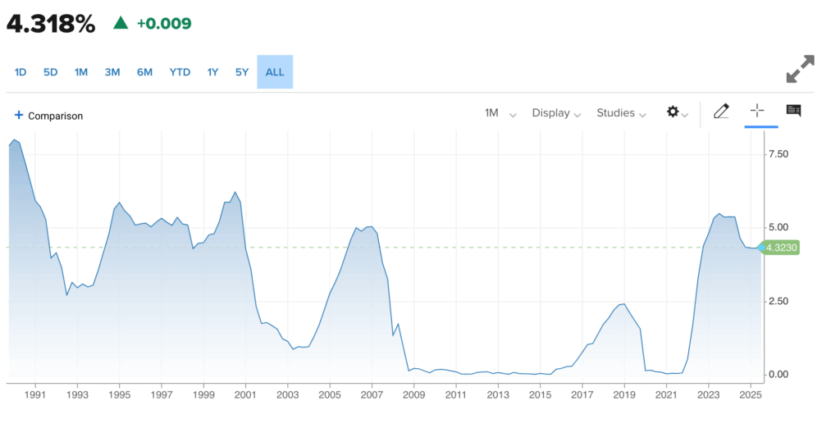By CCN : Stablecoins on the surface might seem boring. After all, most don’t come with the volatility that’s inherent with most cryptocurrencies, especially bitcoin, and therefore have an entirely different risk/return profile. Stablecoin Tether (USDT) has been an exception to this rule after it lost parity with the U.S. dollar last year amid questions about its reserves.
Make no mistake, however, stablecoins , most of which are pegged 1:1 to fiat currencies such as the U.S. dollar, are a vital part of the crypto ecosystem, one that will help to unlock the institutional capital that has been trapped on the sidelines and bring crypto closer to wide-scale adoption.
If anybody knows this, it’s crypto exchange CEOs such as ShapeShift’s Erik Voorhees . ShapeShift doesn’t have its own stablecoin, nor does it plan to create one. But they don’t have to, considering there are plenty of good current projects,” according to Voorhees, who stated:
“Stablecoins are important in the same way that a bridge is important. You may not care much about the bridge, but without it, the beautiful land beyond is much harder to get to.”
The “beautiful land”, of course, is crypto, and the migrants are investors and consumers. Voorhees previously stated:
“A stable crypto coin is super useful… Both for the rich finance person who needs stable collateral against smart-contracts, and the poor Venezuelan trying to take shelter from currency debasement. Not a replacement for BTC or true cryptos, but a helpful augment to them.”
VIDEO
Navigating Choppy Waters
One Twitter follower asked Voorhees if this includes controversial Tether, saying “it’s like a boat on choppy water.” Voorhees responded:
“Better than no boat in choppy water.”
What the leaders of the crypto space continue to point out is the importance of connecting traditional global finance with crypto. There’s $140 trillion in assets under management that has yet to make its way into crypto, the latter of which has a combined market cap is $179 billion. If stablecoins are the bridge to do it, bring it on. Venture capitalists like them too, and have reportedly poured $350 million into stablecoin projects.
Year of the Stablecoin
For a while, Tether was the defacto stablecoins in the market. Last year, a flood of new stablecoins came on the scene, including the regulated Gemini Dollar (GUSD) by the Winklevoss twins and Paxos Standard Token (PAX), both of which are backed by the U.S. dollar. Gemini explained its stablecoin:
“Essentially, the Gemini dollar allows you to send and receive USD through the blockchain.”
Not one to be outdone, Tron Founder Justin Sun also caught stablecoin fever. He teamed up with Tether for a “USD-pegged stablecoin USDT on the Tron blockchain.”
Stablecoins may be “crypto light” given their tie to fiat but they’re still cryptocurrencies. Users gain access to the agility of the blockchain without having to worry about risk associated with erratic price movements or rely on banks. This is attractive to users inside and outside of the crypto ecosystem.




